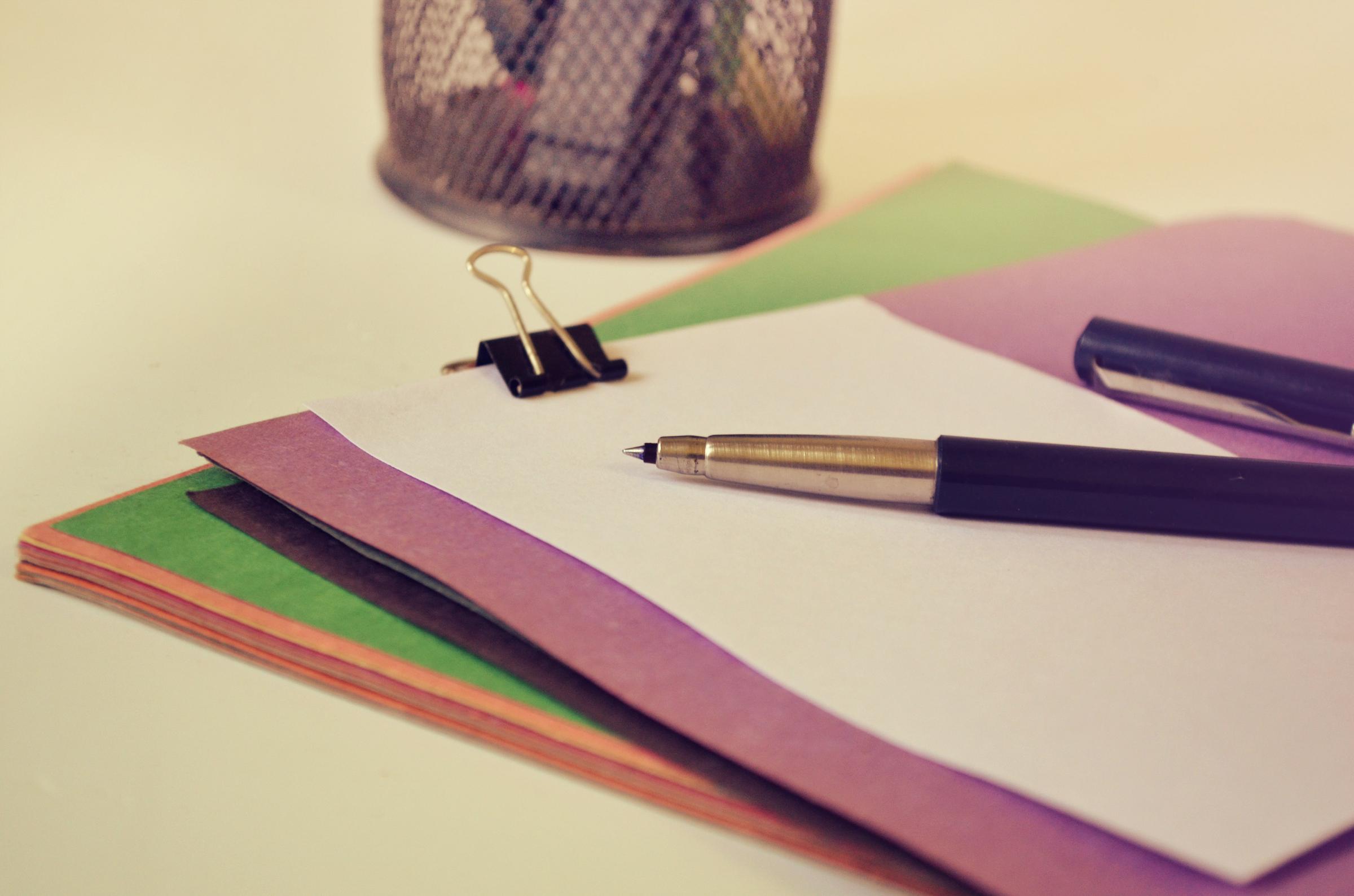Curriculum Corner

Numeracy @ Home (Yr 3-6 focus...Part 1)
Family participation in learning is one of the most accurate predictors of a child’s success in school and beyond.
Providing opportunities to discuss and engage in Mathematics supports your child’s learning in and out of school. Your child will also begin to connect the importance of maths with their everyday activities, such as navigating public transport, comparing and choosing the best item to buy in stores, setting a budget, and cooking.
Talk positively about maths so your child also values it. If your experiences in maths at school were less than ideal, avoid making comments like “I was bad at maths at school,” or “I didn’t like maths because it was too hard.” Comments like these can lower your child’s expectations of themselves, and can perpetuate myths about people being naturally bad or good at maths.
Conversely, if you did well at maths in school, avoid jumping in with answers or solutions. Encourage your child to talk about how they might work out maths problems. This helps boost their confidence and deepens their understanding.
Regardless of your own school experiences in maths, be reassured that maths today is not about learning by rote. Today, the focus is on recognising that there are multiple ways to get an answer, and being able to explain how and why you chose the approach you did.
There are many activities you can do at home to help explore maths with your child. When participating in these activities, avoid associating them with speed. Expecting your child to work quickly on maths can cause maths anxiety. Try to focus on the process and not the outcome.
EXPLORING NUMERACY WITH YOUR CHILD
Exploring sports
Sports provide a good opportunity to engage your child in maths, particularly if they are a keen sportsperson.
Here are some questions to ask your child when watching or playing their favourite sport:
- How does your favourite sport tally the score? What maths is presented on the tally?
- How do other sports tally the score – for example, tennis, golf, cricket, netball, football?
- What maths do you use to find the total of the scores?
- Who is at the top of the ladder? How is this determined?
- Are there other ways to record the score?
- How long do your favourite sport games go for in minutes and seconds? How is the time in the game divided? Into halves, quarters or something else?
- What are the shapes of different playing fields and courts? Talk about edges and angles.
- How can you estimate the perimeter and area of a playing field?
- How many cars could be parked on the MCG field? How could we work this out?
Watching the weather
Because it changes daily, the weather can be a great topic to discuss maths with your child.
Try these activities:
- Visit the Bureau of Meteorology website
- Ask your child the difference between each day’s minimum and maximum temperatures. Do they notice a pattern or trend in the weather changes?
- Find a seven-day forecast, then record the actual temperature for each day and compare. Ask your child if the forecast was accurate. Ask them what similarities and differences they notice.
- Use the information on the weather website to explore differences in weather between your area and other areas. Ask your child how much rain you get compared to other areas. Ask your child to identify differences in temperature between your area and other areas. Who might be affected by an increase or decrease in rainfall?
Sharing recipes
Discussing maths when cooking can provide a daily maths lesson involving measurement, time, and cost. Here are some activities you could try at home:
- Collect and read recipes and discuss the use of fractions, millilitres and grams. Encourage your child to make accurate measurements using measuring cups and spoons.
- Discuss how you would double or halve a recipe. Encourage your child to record new measurements for the recipe. Discuss why and when you might need to do this.
- Identify the temperature and cooking time on the recipe.
- Discuss why different recipes have different temperatures and cooking times
- Estimate the cost to buy all the ingredients to make the recipe. Compare this with the actual cost of items. Ask your child if they think it was cheaper to buy the ingredients and make dinner or get takeaway
- Make a list of the abbreviations used in the recipe and then write them in full – for example, L for litre, ml for millilitre, tsp. for teaspoon, tbsp. for tablespoon
- Investigate the prices of fresh fruit and vegetables available in the supermarkets compared with market vendors
Connecting online
Here are some other useful websites you can access from home or the local library. Some are also available to download as apps on various devices:
- Home Page - FUSE - Department of Education & Training (select Primary Students tab)
- Resources for Primary and Secondary Students - ABC Education
- Wolfram Alpha Computational Intelligence (start with the Elementary Maths link)
- ICT Games - Educational games for Infant and Junior school children
- ScratchJr - Home
- Kodable for Parents
Please see the next edition of Nokuna for some more ways to explore maths with your child.
